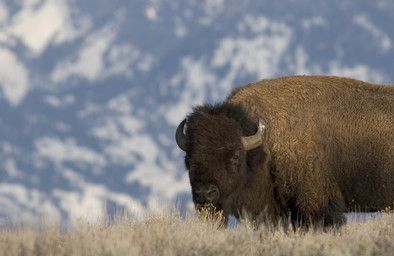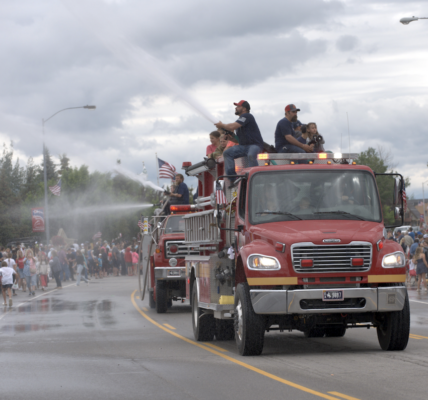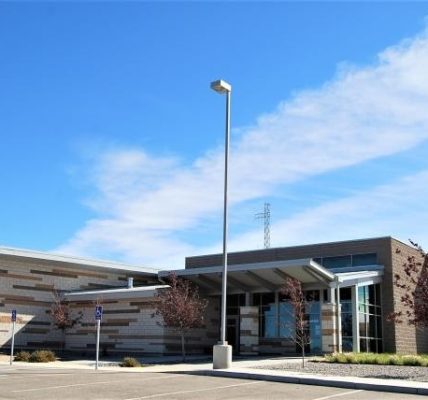
CASPER (WNE) — The National Park Service is calling for a 20% increase in the bison population.
The service has released its preferred alternative for a new Interagency Bison Management Plan, which comes more than two decades after the inaugural plan and could increase the animal’s population by 1,000, lifting the cap to 6,000 bison after calving.
At the heart of the plan is an effort to reconcile the fact that the animals’ primary protected habitat in Yellowstone is not large enough to accommodate its migratory needs, which are a response to snow conditions, available forage, and population density, similar to other western ungulates.
The 2000 plan originated from concern that bison migrating outside Yellowstone National Park would transmit the bacterial disease brucellosis to cattle and disrupt interstate commerce, and capped the population at 4,800.
More than 20 years later, new science and information reveals the original plan’s assumptions regarding brucellosis transmission were incorrect or have been qualified by additional findings. Managers believe it is now safe to allow for larger bison populations in part because fewer cattle are ranging in proximity to the park, and because federal and state disease regulators have taken steps to reduce the economic impacts of brucellosis outbreaks in cattle.
The plan also prioritizes the transfer of bison to tribal nations through the Bison Conservation Transfer Program as a way to manage overpopulation.
Since 2019, around 400 bison have been transferred to tribes across the U.S, and the new plan will see that figure grow.
Relatedly, the plan will rely on revamped tribal treaty hunts in which tribes harvest bison outside the park. Bison would be managed within a population range of about 3,500 to 6,000 animals after calving, considered an “ecologically sustainable population of wild and migratory bison.”




